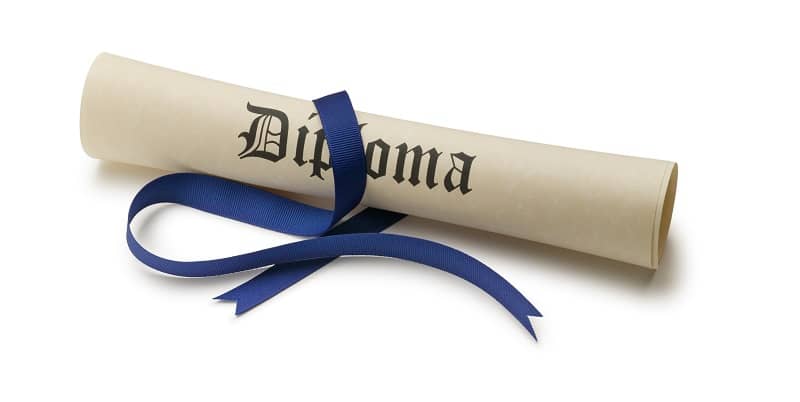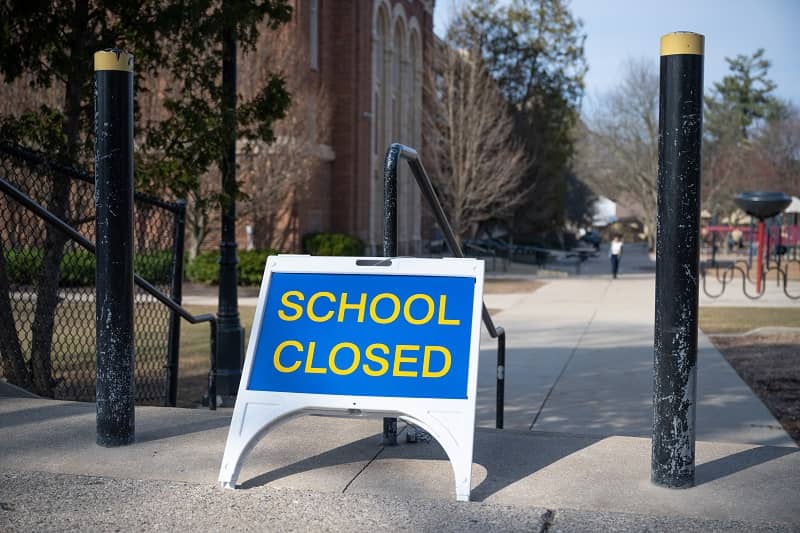

Summary
The proposed renewal of the five-year levy that created the Portland Children’s Investment Fund (PCIF) in 2002 is on the ballot this November. While the non-profits receiving grants from the PCIF may have worthy missions, this program attempts to act like a private charitable foundation without actually being one, raising issues of accountability, among other problems.
Word count: 627
One of the many tax measures on the ballot this November is the proposed renewal of the five-year levy that created the Portland Children’s Investment Fund (PCIF) in 2002. If passed by Portland voters, it would add 40 cents per thousand dollars in assessed value of each home, or about $120 a year for owners of a $300,000 home.
The PCIF takes in about $12 million per year and spends it on three categories of youth-related grant programs: early childhood development, after school activities and mentoring, and child abuse prevention and intervention. Funding decisions are made by a five-person allocation committee, comprised of two politicians (City Commissioner Dan Saltzman and Multnomah County Executive Ted Wheeler), a representative of the Portland Business Alliance, and two citizens appointed by the city and the county, respectively.
At first blush, the Fund seems like a good idea. The non-profits receiving the grants all have worthy missions, and everyone is in favor of “helping the kids.” The problem is that the program attempts to act like a private charitable foundation without actually being one. The funds used by a private foundation were first provided through a voluntary act of benevolence; the money flowing into the coffers of the PCIF each year is generated through the coercive power of taxation. The two concepts are distinctly different.
People who donate their own money make a conscious choice to share some of their wealth with those less fortunate. Inherent in that process, they can and usually do require some level of accountability. They want to know how the money was spent, and they want to see results. Most importantly, they can withhold future donations if they decide that the grantees no longer merit charitable support. The possibility of having grant funding denied imposes necessary discipline on recipient organizations.
That is not really the case with the PCIF. When $12 million is generated annually through taxation, it sends a clear signal that grant funds are virtually guaranteed. This encourages organizations to raise their costs up to the level of the revenue stream and diminishes the incentive to ask hard questions about effectiveness.
Even more importantly, tax-supported spending lacks the moral purpose of charity. Once a donor gives away money, the recipient ought to feel a duty to spend the money wisely and to address the problems that led to the need in the first place. This duty is absent when tax money is spent. We know from decades of experience with various welfare programs that when money is transferred from one group to another via taxation, both the donor and recipient are changed for the worse. Donors are less likely to engage in true philanthropy because “someone else is taking care of it” through a tax program, while recipients develop an entitlement mentality, no longer as eager to take responsibility for their own actions.
Recipients of PCIF dollars all agree that their organizations will be harmed if the levy fails. This is to be expected. But where does it end? If the PCIF spent $36 million per year instead of $12 million, the recipients would continue to say the same thing. In fact, the “need” for assistance to children (or any cause) is infinite when the money is procured through taxation. There is simply no reason for any non-profit ever to say they’ve received “enough.”
As a former foster parent, I know what it’s like to look in the eyes of an abused child and feel the overwhelming desire to do everything possible for that child. But stealing money from your neighbors through taxation is the wrong response. If a children’s organization is truly worthy, it will find support in the community through traditional fundraising methods. If it’s not worthy, it should go out of business.
Attention editors and producers:
Cascade Commentaries are provided for reprint in newspapers and other publications, with credit given to author(s) and Cascade. Contact Cascade to arrange print or broadcast interviews on this commentary topic.
Electronic text files are available online at www.cascadepolicy.org.
Please contact:
Nancy Wheaton
Cascade Policy Institute
4850 SW Scholls Ferry Rd.
Suite 103
Portland, Oregon 97225
Phone: (503) 242-0900
Fax: (503) 242-3822
www.cascadepolicy.org
info@cascadepolicy.org
Cascade Policy Institute is a tax-exempt educational organization as defined under IRS code 501(c)(3). Nothing appearing in this Cascade Commentary is to be construed as necessarily representing the views of Cascade or its donors, or as an attempt to aid or hinder the passage of any bill before any legislative body. The views expressed herein are the author’s own.











